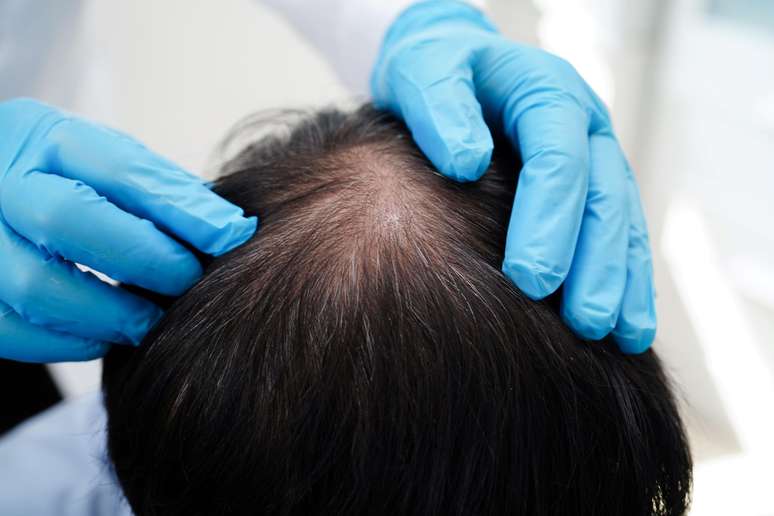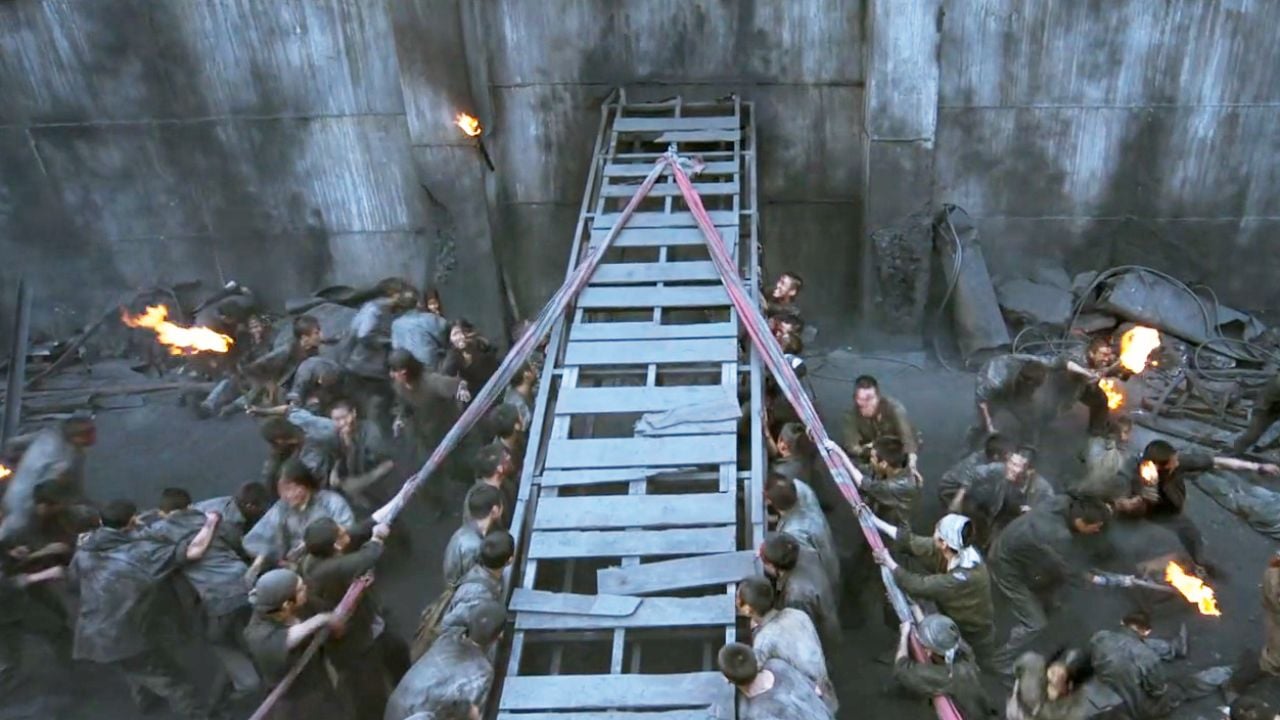For Dr. Décio Montresor, more than restoring locks, modern hair medicine seeks to restore confidence, well-being and emotional balance. The specialist talks about options such as hair transplant with the FUE technique and trichological treatments
Androgenetic alopecia, popularly known as male or female pattern baldness, is the most common form of hair loss in the world. The origin of the condition may be multifactorial, involving genetic predisposition, hormonal problems and environmental factors.
Losing your hair can be an emotional and social challenge. A study published in the scientific journal says so National Library of MedicineAndrogenetic alopecia – the most common cause of baldness – affects approximately 80% of men and 50% of women throughout their lives. The condition is chronic, progressive and multifactorial and may involve genetic predisposition, hormonal changes, diet, stress and environmental factors.
In this scenario, according to Dr. Décio Montresor, hair surgeon and member of the Brazilian Hair Restoration Society (SBRCC), “hair medicine is experiencing a moment of transformation. More than restoring hair, modern treatments aim to restore patients’ confidence, well-being and quality of life.”
For the specialist, understanding the patient as a whole is essential to indicate the best path. “Every case is unique. Before thinking about surgery, it is essential to understand what is behind the hair loss: hormones, genetics, lifestyle and even emotional problems. The approach must be multidisciplinary. The focus must be on the patient’s overall balance, not just the scalp,” he explains.
Complete diagnosis and personalized plan
According to the specialist, the first step in treating baldness is a thorough medical evaluation. “This process includes clinical history, laboratory tests, digital trichoscopy (high-precision test that evaluates hair and follicles) and, in some cases, scalp biopsy,” explains Dr. Décio Montresor.
“A well-made diagnosis is the basis of any effective treatment. From there we are able to identify the root cause and develop a plan that combines different approaches: clinical, therapeutic and, when indicated, surgical,” he says.
In addition to biological factors, self-esteem is also considered part of the diagnosis. “Hair has a very strong symbolic role in identity. When the patient sees himself with hair again, he finds confidence, joy and even his posture changes”, adds the specialist.
Clinical treatments and regenerative therapies
Hair medicine has made significant advances in non-surgical therapies. Among the resources used are topical and oral medications, drug microinfusion (MMP), medical microneedling, low-intensity laser therapy (LLLT), and regenerative treatments using exosomes.
These procedures stimulate hair growth, improve oxygenation of the scalp and strengthen existing follicles.
“Regenerative therapies were a milestone. They act in the environment of the follicle, stimulating cell regeneration and prolonging the hair growth phase. The result is more stable and natural”, explains the specialist.
According to him, adherence to treatment and periodic monitoring are essential. “Baldness is a chronic condition and requires continuous maintenance. Monitoring allows for fine adjustments and ensures long-lasting results,” he points out.
Hair transplant: precision, technology and naturalness
“When the condition already presents areas with permanent loss of follicles, hair transplantation may be indicated as a complement to clinical treatment,” says Dr. Décio Montresor. “The FUE (Follicular Unit Extraction) technique, one of the most modern, allows individual extraction of follicular units from the donor area and implantation in bald or thinning regions, without linear scarring and with faster recovery,” he adds.
“FUE has revolutionized the concept of hair transplant. It is a minimally invasive procedure, performed strand by strand, which seeks to guarantee an extremely natural result, both in the frontal hairline and in the general density”, explains the professional. “The technique also allows for high-precision applications, such as the correction of specific defects, beard reconstruction or even scar repair,” he adds.
For Dr. Décio Montresor, the choice of the ideal technique depends on individual factors, such as the degree of baldness, the quality of the donor area and the patient’s expectations. Therefore the evaluation must always be personalized.
Despite the progress, the doctor emphasizes that surgery is only part of the process. “More than restoring hair, the goal is to restore self-esteem and naturalness. The transplant is a tool within a larger plan, which includes hair health, nutrition, hormonal control and medical monitoring,” he notes.
About the specialist
Dr. Décio Montresor is a hair surgeon, member of the Brazilian Society of Hair Restoration (SBRCC) and directs the Montresor Clinic, in Jundiaí (SP).
For more information simply access: https://deciomontresor.com.br/
Source: Terra
Rose James is a Gossipify movie and series reviewer known for her in-depth analysis and unique perspective on the latest releases. With a background in film studies, she provides engaging and informative reviews, and keeps readers up to date with industry trends and emerging talents.







